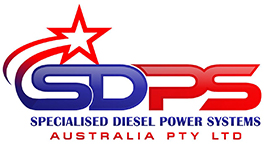Description
HOSE PUMPS
Eliminating The Risks Of Food Contamination
Peristaltic pumps, more commonly known as roller pumps, are a type of positive displacement pump. The pumps use the principle of peristalsis as the basis for their design.
Peristaltic pumps provide excellent solutions to pumping applications in Australia that deal with abrasive, corrosive, and viscous fluids. They don’t have valves, seals, or glands, making them affordable to own and inexpensive to maintain. In fact, the hose or tube may be the only part that need to be replaced over time. Peristaltic pumps are also known for their gentle pumping action, making them the ideal equipment to use when products moved can be easily damaged. Finally, they have good CIP/SIP capabilities, making servicing convenient.
OPERATING PRINCIPLES OF A PERISTALTIC PUMPS
Hose and Shoes
Peristaltic pumps are installed with rollers or shoes that compresses the tube or hose carrying the fluid. Fluid is drawn into a pump tube, trapped by the pump head roller, and expelled when the next roller passes over the tube. As the rollers rotate, a vacuum is formed in the tube, pulling in more fluid, for the next roller pass.
The complete closure of the tube when is it occluded between the roller and the track, gives the pump its positive displacement action, preventing backflow and eliminating the need for check-valves when the pump is not running. As the fluid gets into contact only with the hose or tube, there are no risks of product contamination, making this type of pump perfect for handling products in the food and beverage and pharmaceutical industries.
APPLICATIONS
- Food & Beverage
- Water & Wastewater
- Manufacturing Chemical
- Pharmaceutical




